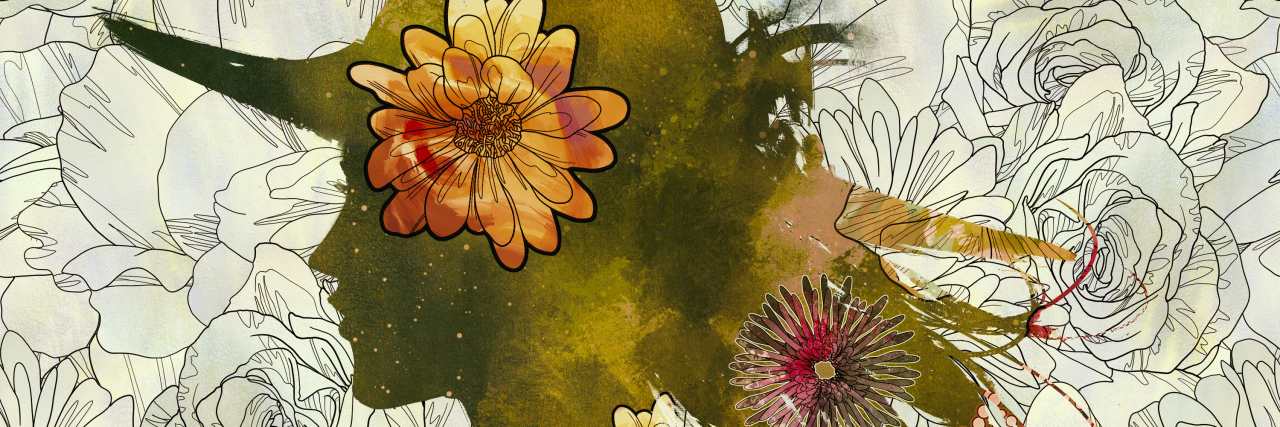July is Disability Pride Month, and all month long, many people with physical disabilities get the spotlight. If you live with a disability, your social media feeds may be flooded with people posing with their mobility aids and showing off their surgical scars. But when your disability is invisible, it may feel difficult to feel like your experiences are also deserving of attention and pride — especially because it can be far harder to show the world your symptoms.
Disability pride looks different when you have an invisible disability, but it’s no less powerful. Finding ways to connect with others with similar conditions and experiences and sharing your symptoms on social media makes your condition just as valid as if you post a photo of your wheelchair or white cane. It may be difficult to remember the validity of your experiences this month, and it may be easy to feel disconnected from the disability community, but you can always take pride in your identity as someone with an invisible disability.
Sharing the truth behind your social media photos shows that you take pride in your disability, even when your symptoms are at their worst. Look back on moments when you were exhausted, in pain or dreading an upcoming appointment and share what was really happening — how your body felt and what emotions you experienced. Although no one may be able to see your symptoms directly, they’ll likely start to understand just how many symptoms lurk under the surface — and you may take pride in your vulnerability about your medical condition.
Practicing self-care when your body and mind need it most can help you remember that disability pride isn’t always loud and flashy. Take a few minutes whenever you can to read a book, listen to your favorite music or soak in a hot bath. Carving out time to recharge may feel inconsequential this month when you see people discussing their disability experiences, but your disabled body makes pride possible, and it deserves your love and respect. It may alleviate some of your symptoms or validate that the health challenges you face require extra care, even if no one can see them. Even if you don’t fully feel proud of your disability, giving your body what it needs is a step forward towards owning who you are, invisible disability and all.
Connecting with people who also live with similar invisible conditions may help you discover that your symptoms aren’t so “embarrassing” or “shameful.” When you join support groups or share experiences with others with invisible disabilities, you’ll discover that some people take pride in their disability identity — and you may want to emulate their attitude yourself. Reaching out to others in the disability community will connect you with plenty of people who want to uplift you — and your desire to feel at peace with your disability is pride, even if it doesn’t feel that way yet.
When you’re living with an invisible disability, disability pride may not look like posting photos of yourself “looking disabled,” and that’s OK. There are still plenty of ways you can show pride in your invisible disability, and even the smallest steps towards fully celebrating your disability identity count!
Getty image by Grandfailure.

